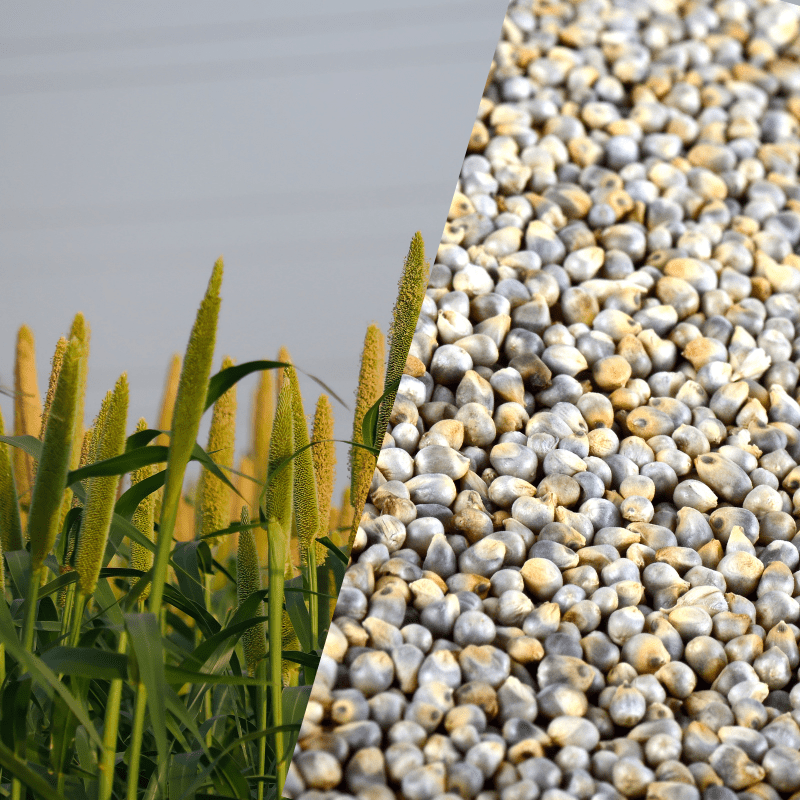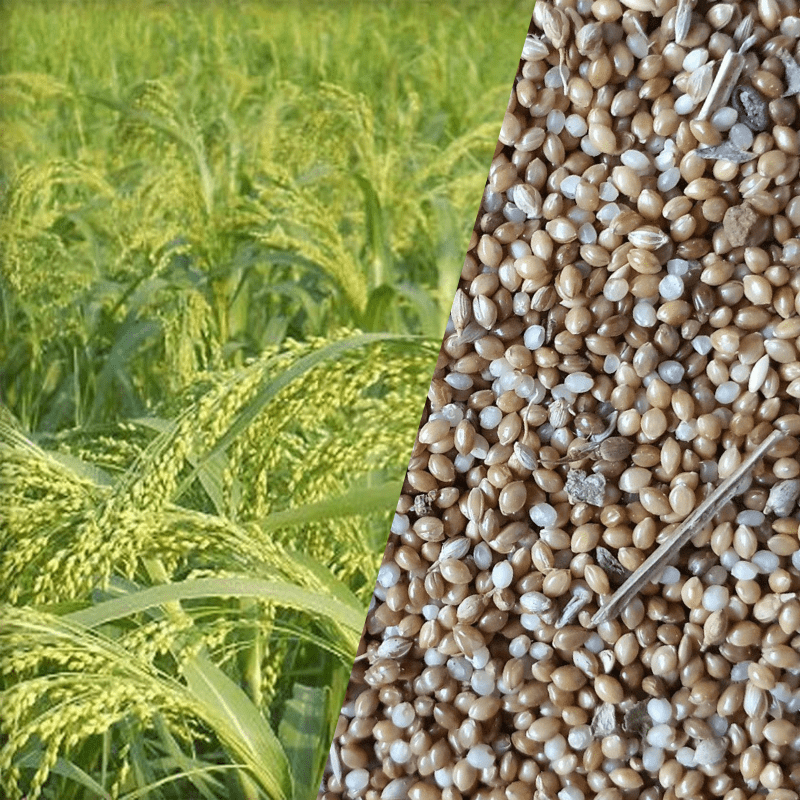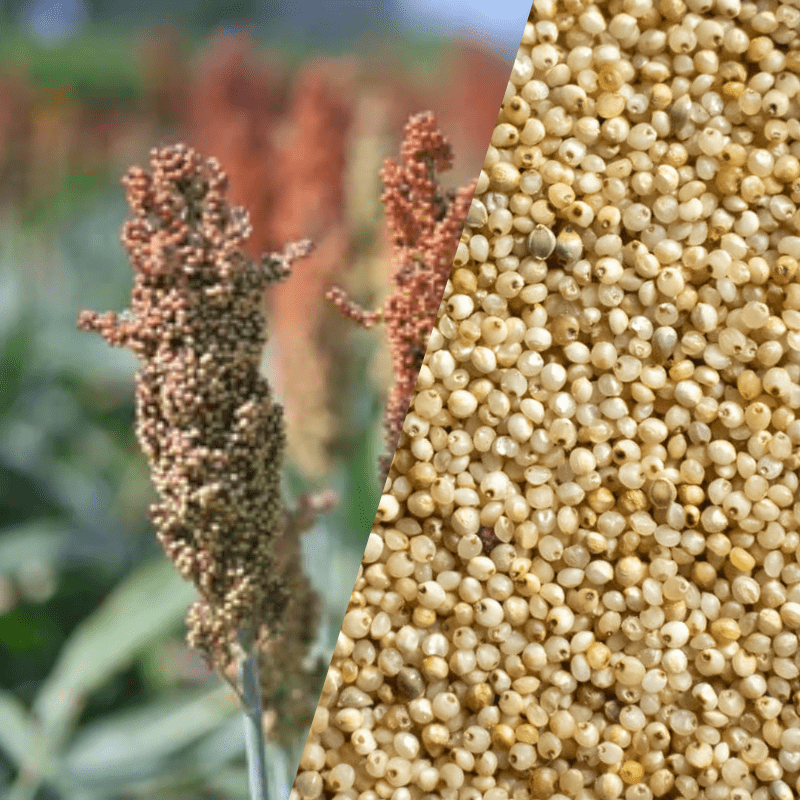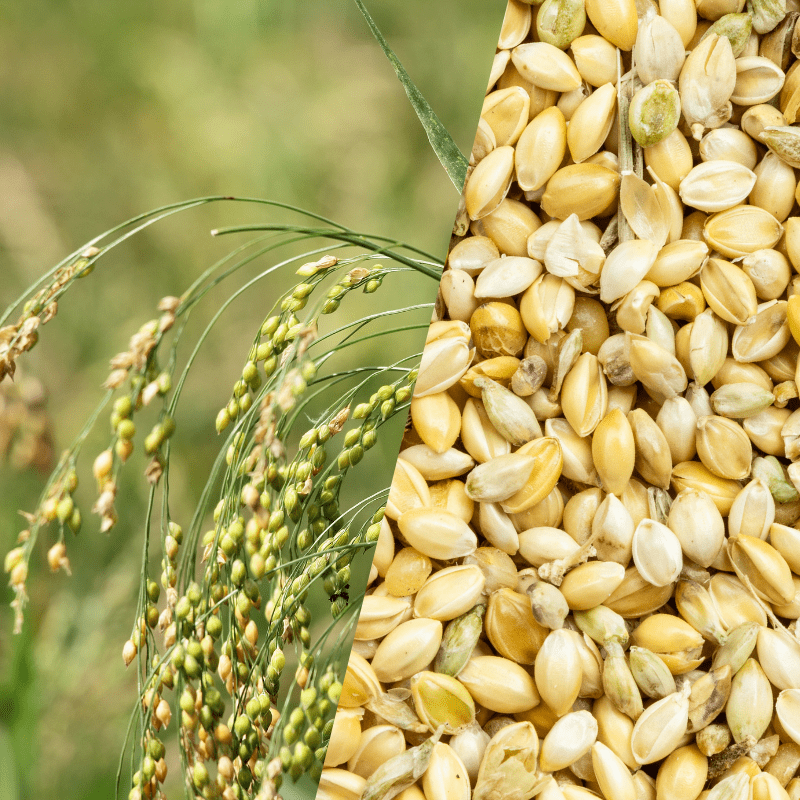Best ways to consume millets
Are you tired of the same old rice and wheat in your meals? Look no further than millets! These small but mighty grains have been a staple food in many cultures for centuries, but are now gaining popularity as a healthy and sustainable alternative to traditional grains.
Packed with essential nutrients and versatile enough to be used in a variety of dishes, millets are a food trend you won't want to miss out on. In this post, we'll dive into what millets are, why they're becoming more popular, and the many health benefits they offer. Get ready to switch up your meal routine and discover the best ways to consume millets!
Types of Millets
Millets are a group of small-seeded grasses that have been cultivated for thousands of years around the world. They come in different varieties, each with its unique nutritional benefits. Here are some common types of millets and their benefits:

Foxtail Millet(Korralu)
Foxtail millet, also known as korralu or thinai, is a staple food in many parts of India and China. It is rich in protein, dietary fiber, and micronutrients.

Pearl Millet(Bajra)
Pearl millet, also known as bajra or kambu, is a drought-resistant crop that is grown in Africa and Asia. It is a rich source of iron, calcium, and B vitamins.

Finger Millet(Ragi)
Finger millet, also known as ragi or nachni, is a staple food in many parts of Africa and Asia. It is rich in calcium, iron, and dietary fiber, and has a low glycemic index.

Little Millet(Kutki)
Little millet, also known as kutki or saamai, is a small-grained millet that is cultivated in India and Africa. It is a good source of protein and dietary fiber.

Barnyard Millet(Sanwa)
Barnyard millet, also known as sanwa or oodalu, is a fast-growing crop that is cultivated in India and China. It is a rich source of dietary fiber and has a low glycemic index.

Kodo Millet(Kodra)
Kodo millet, also known as kodra or varagu, is a hardy crop that is grown in India and Africa. It is a good source of protein, dietary fiber, and micronutrients.

Proso Millet(Broomcorn)
Proso millet, also known as broomcorn millet or hog millet, is a drought-resistant crop that is grown in Europe, Asia, and North America. It is a rich source of protein and dietary fiber.

Browntop Millet(Korale)
Browntop millet, also known as korale or andu korralu, is a small-grained millet that is cultivated in India and Africa. It is a good source of protein.

Amaranth Millet(Rajgira)
Amaranth, also known as Rajgira or Ramdana, commonly grown in Kerela and other parts of Southern India. It is a rich source of dietary fiber and has a high glycemic index.

Buckwheat Millet(Kuttu)
Buckwheat is commonly known as Kuttu, grown in northern parts of India - Himachal, Kashmir, Chhattisgarh, and surrounding states. It is a good source of protein, dietary fiber, and complex carbohydrates.
Best Ways to Consume Millets
Looking for some inspiration on how to incorporate millets into your diet? Here are some types of millets that can be used in exciting ways -
Breakfast Options



Main Courses



Snacks and Sides



Dessert



